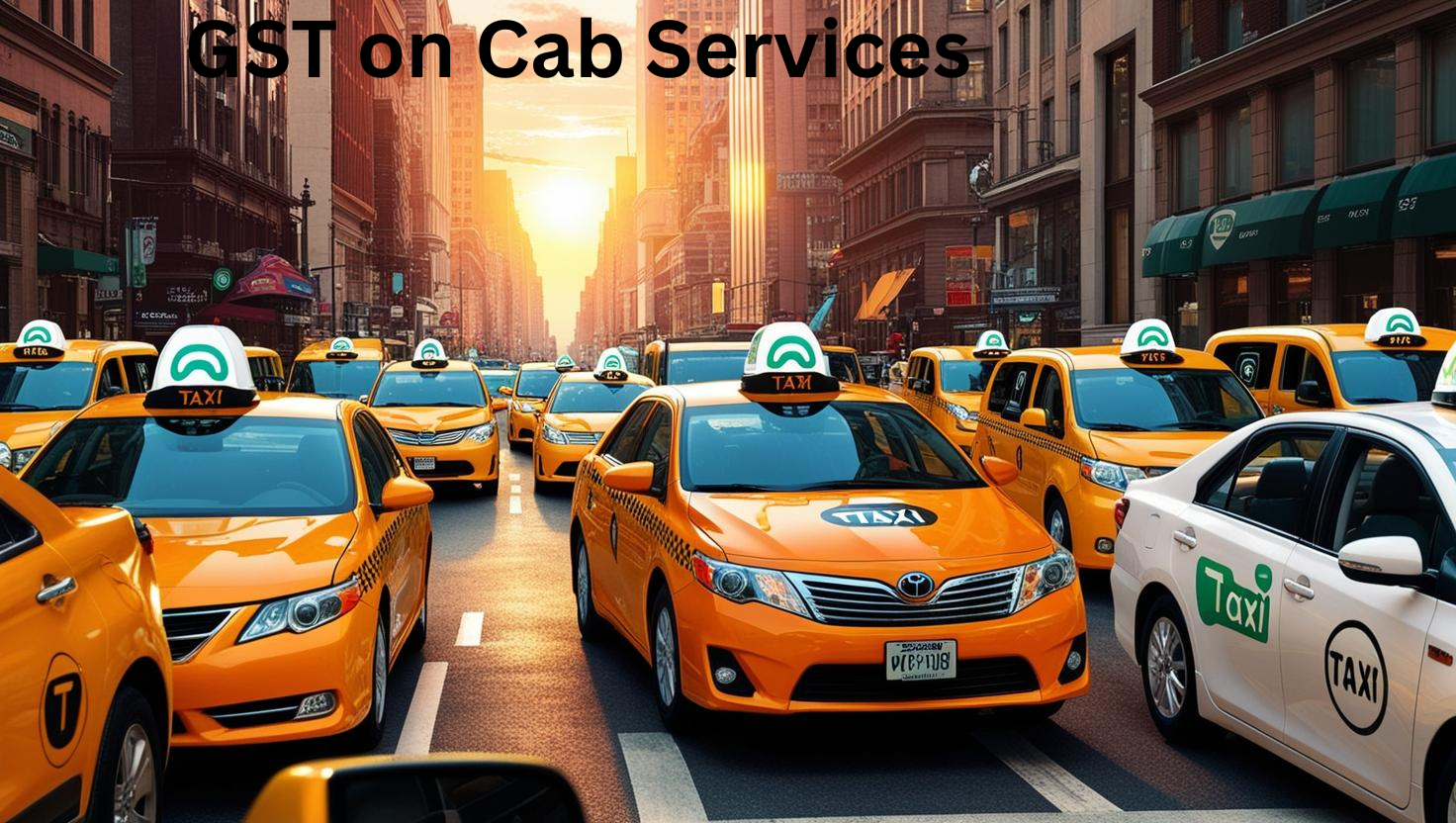The word motor vehicle or renting of a motor vehicle is not defined under GST law. But as per Motor Vehicles Act, 1988, a motor vehicle means “any mechanically propelled vehicle used on roads but does not include a vehicle running on fixed rails or a special vehicle used in a factory or an enclosed premises having less than four wheels with engine capacity not exceeding 25 cubic centimetres.”
Motor vehicle: Government vide Notification No.29/2019 dated 31.12.2019 replaced the word motor vehicle with “motor vehicle designed to carry passengers, and where the cost of fuel is included in the consideration charged from the service recipient”. Earlier, the term “motor vehicle” covered all types of motor vehicles. But, the revised notification intends to cover only “vehicles that carry passengers”.

What is a radio taxi?
GST clearly defines radio taxi as a taxi including a radio cab, by whatever name called, which is in two-way radio communication with a central control office and is enabled for tracking using Global Positioning System (GPS) or General Packet Radio Service (GPRS). This includes cab aggregators like Ola and Uber.
Service Tax
Service tax (with 60% abatement) was applicable on-
- A contact carriage (horse carriage)
- A radio taxi.
- “A stage carriage” – bus
It means service tax applied on radio taxis and AC buses but not on normal metered taxis like yellow taxis of Kolkata. Effective service tax was 6%.
Impact of GST on Cabs
The same will continue under GST, i.e., the radio taxis and AC buses will be liable to service tax. Metered cabs or auto rickshaws (including e-rickshaws i.e., Ola Auto) will not be liable to GST.GST rate will be 5% without ITC.Uber will collect 5% GST on the fare charged from the passenger.
Reverse Charge Mechanism
As per the reverse charge notification, radio taxi companies are liable to pay GST under reverse charge. Earlier rent-a-cab services had partial reverse charge mechanism. Service receivers (rent-a-cab services) were liable to pay 50% under RCM if the service providers (drivers) was not availing abatement. 50% was borne by the service provider. However, if Service provider is availing abatement then service receiver is liable to pay 100% of service tax payable on abated value. To remove such confusion and complications under GST, the entire onus is on the service receiver, i.e. Ola.
FAQs
Q1. Is GST Input Available on Car Hire Charges?
Businesses can claim input tax credit (ITC) on car hire charges under GST, only if the hiring of the car is in the course of furtherance of business and not restricted under Section 17(5) of the CGST Act.
Further, in the case of renting of motor vehicles, full ITC may be claimed by the recipient of services only where 12% GST has been charged and limited ITC where 5% GST has been paid. Limited ITC means input tax credit of input service in the same line of business.
Q2. What is the GST Rate for Car Hiring Charges?
There are two rates applicable on the service of renting of vehicles under GST, 5% with limited ITC and 12% with full ITC. Quick note—limited ITC means you can only avail ITC of input services in the same line of business.
Q3. Conditions for RCM Applicability on Renting Vehicles under GST
Reverse Charge Mechanism (RCM) applies when renting out motor vehicles for the transport of passengers, and where the cost of fuel is included in the consideration charged from the service recipient, but only if three conditions are met:
- The person renting out the vehicle isn’t a company.
- They’re renting it to a company.
- They do not charge GST at 12% on the invoice.
If all three conditions are met, then RCM applies
